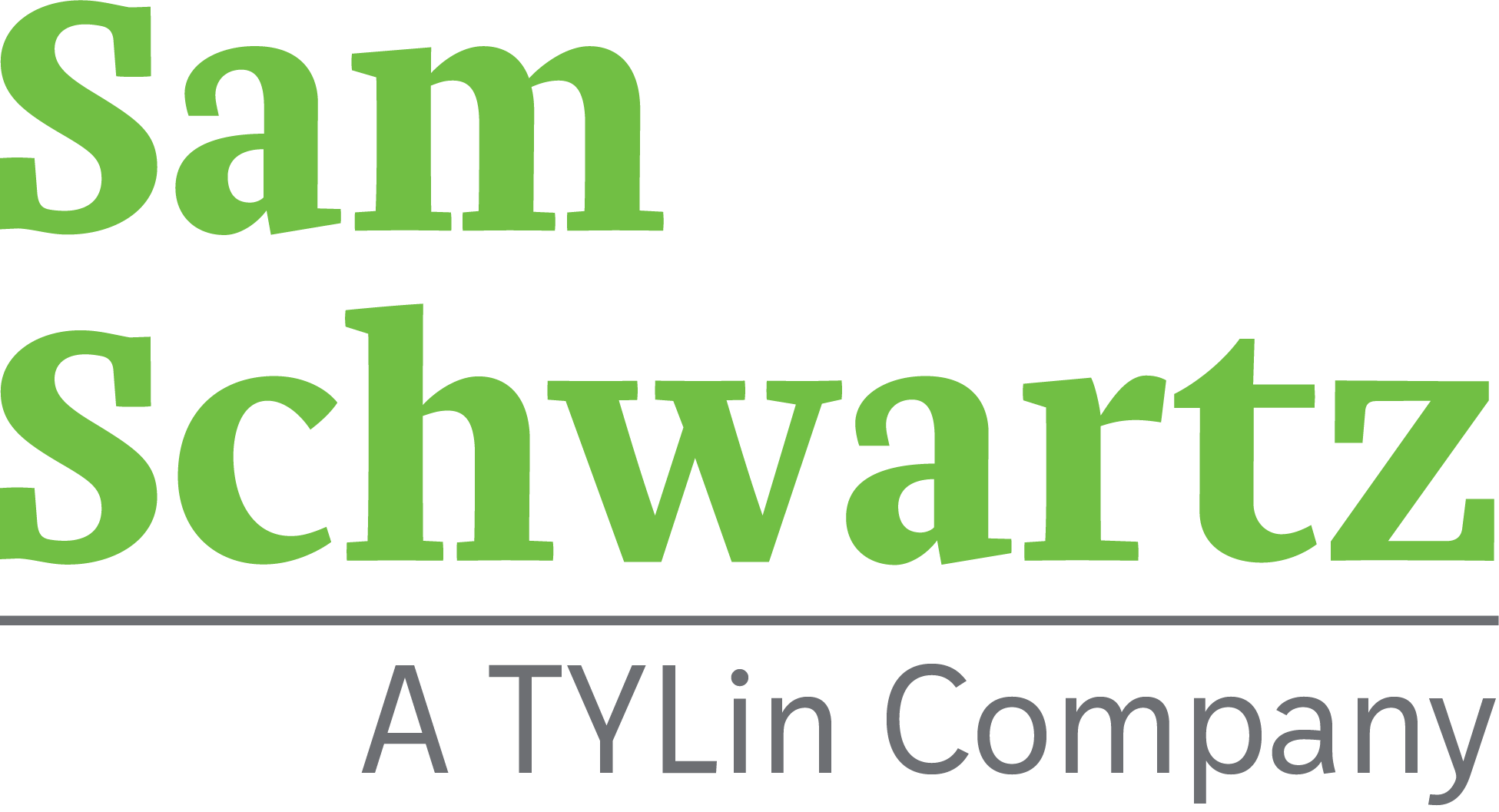Achieving the Mobility Goals of the Future: One Question with Joe Iacobucci
In light of the current mobility revolution, the public transit industry is being transformed by such disruptive market forces as rapidly advancing technology, shifting customer expectations and preferences, and new service providers. How are you positioning your organization to harness these and other disruptive forces?
Society benefits from a transit system that is efficient, equitable and easy to utilize. This is achieved through creating choices for reliable, safe, and accessible mobility options. Today, the private sector is now providing these services to a greater degree with positive consumer response and governments are wrestling with how to integrate and regulate new mobility options.
The advancement of emerging technologies as ridesourcing/TNCs, microtransit, electric scooters/micromobility coupled with the upcoming autonomous vehicle revolution will have a profound impact on how public transit is provided and utilized by customers. While new technology and service delivery models are taking riders and revenue away from traditional public transit in the near-term, such disruption can be an asset to regional mobility if managed correctly.
We have a unique perspective, advising clients through our New Mobility Practice Area, that has helped transit agencies and cities in Seattle, Miami, Chicago, Los Angeles as well as mid-sized jurisdictions as St. Lucie County to better define transit’s role in the expanding new mobility ecosystem. This unique process focuses on developing long-term strategies, paired with pilot projects, for transit agencies to determine transportation outcomes, stay ahead of the curve of private sector innovation, and proactively develop the means and mechanisms to shape the future.
Public transit adaptation is not created overnight and requires broad support from agency staff and leadership. A transition of this proportion must be managed thoughtfully, backed with data and KPIs, with due consideration of the implications on the various roles that fixed-route transit and new mobility options. Once accomplished, transit agencies can grow sustainable, people-focused transit while incorporating emerging technologies to achieve regional mobility goals for the future.
This piece originally ran in the November, 2018 issue of “Passenger Transport,” a publication of the American Public Transportation Association.
Want more vital transportation stories? Subscribe to TransCentral today.

